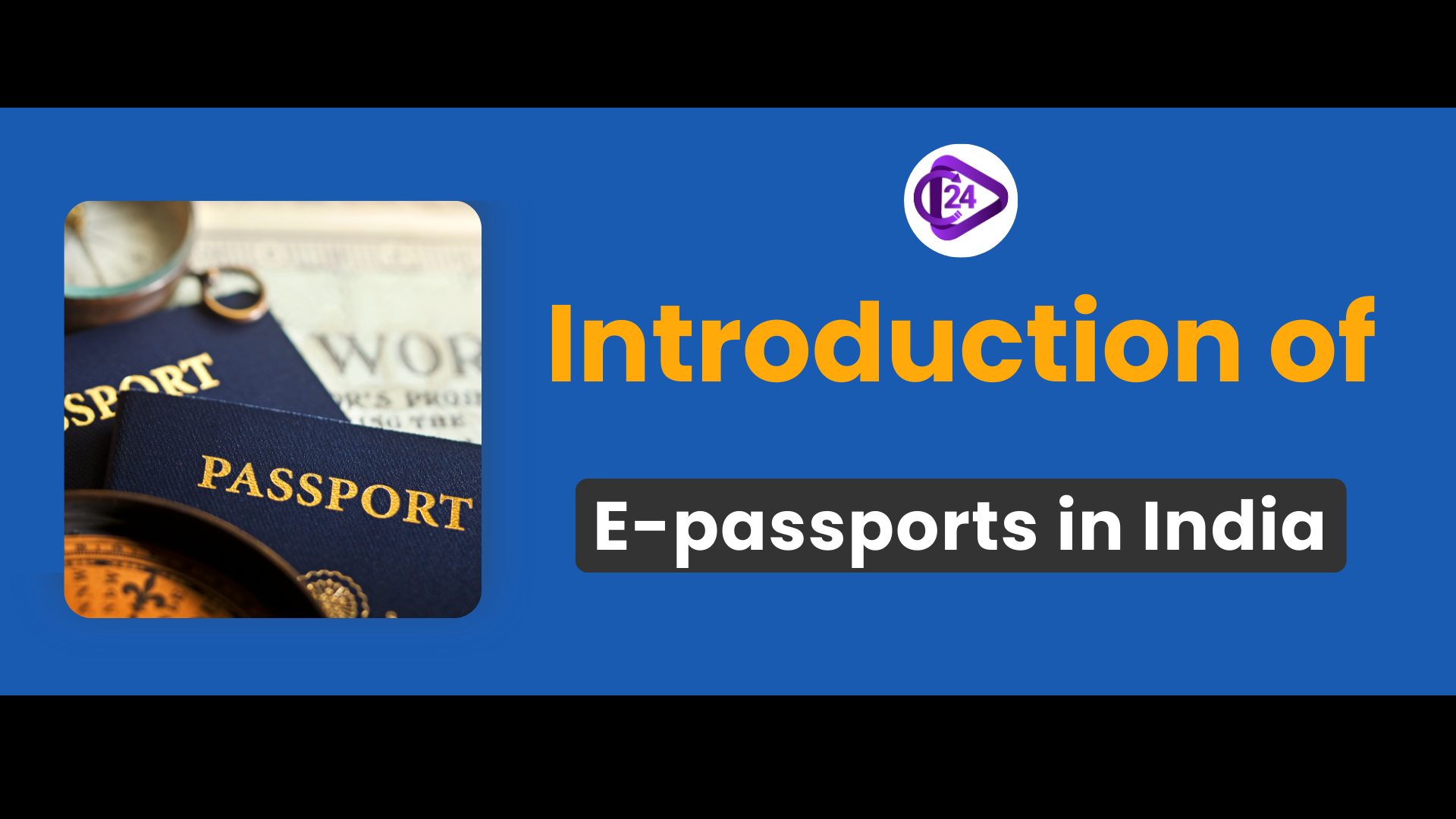
India has introduced biometric e-passports for its citizens after over 120 countries have already done so. The change follows ICAO’s recommendations and improves the country’s security, identification system and international travel. Individuals in India can get an e-passport by filling out the application online or by visiting Passport Seva Kendras. As a result of this, people can go through immigration faster, reduce the risk of identity theft and help achieve India’s digital and border security goals. All manufacturing is done at the India Security Press in Nashik, helping the Make in India program.
Context
-
The use of strong security features in India’s e-passports helps protect a person’s identity and makes traveling outside the country easier.
-
Through this, communities can be more secure, traveling is made easier and India follows the latest digital ID rules internationally.
Key Points
What is an E-Passport?
-
A passport with a digital chip containing information about a person’s identity and features.
-
An electronic book is distinguished by a gold rectangle symbol on the cover.
Security Features:
-
Basic Access Control(BAC): ensures the chip can only be used by devices that it is hooked up to.
-
Passive Authentication (PA): Monitors changes and confirms the authenticity of stored data.
-
Extended Access Control (EAC): ensures an extra layer of security for biometric data that needs protection.
-
Ensuring the operation of global aviation communication systems follows the standards from ICAO Document 9303.
Advantages:
-
Increased security: With biometric authentication, chances of identity theft and fraud are reduced.
-
Streamlined Immigration means that your identity can be checked by a machine at e-gates, so you won’t have to wait so long.
-
Widely Known: Appreciated globally since it complies with ICAO guidelines.
-
It is harder to commit fraud if biometric passports are involved.
-
Ease for Travelers: Immigrating becomes faster and easier.
-
National Security: Stronger management and security at border points.
-
It’s simple to update and renew your passport information.
-
Helps achieve Digital Transformation: Assists in creating digital rather than paper identities around the globe.
The main reason for adopting:
-
Address issues with protecting borders and identity fraud.
-
Employ international requirements for identity and travel documents.
-
Streamline rules on visas and immigration.
-
Give citizens passports and similar documents acknowledged all over the world.
How India Tackles the Issue:
-
In April 2024, Pilot was introduced as part of Passport Seva Programme 2.0.
-
To begin with, Nagpur, Bhubaneswar, Jammu, Chennai, Hyderabad and other cities will experience it.
-
Passports issued by the Tamil Nadu Regional Office in Chennai became e-passports in March 2025.
-
In less than three weeks, more than 20,700 people in Tamil Nadu received their e-passports.
-
By 2025, biometric e-passports should be used nationwide and become the main form of ID.
Manufacturing:
-
All of the currency is printed in one location by India Security Press.
-
Ensures data protection, follows privacy rules and promotes Make in India.
Conclusion:
India’s decision to use biometric e-passports helps strengthen national security, protect identity and improve traveling to other countries. This decision by India helps the country follow ICAO standards, eases the immigration process, makes borders stronger, supports its digital growth and assists in the Make in India plan. The change will mean Indian people can use travel documents that are accepted worldwide, secure and convenient as the rules of international travel change.










